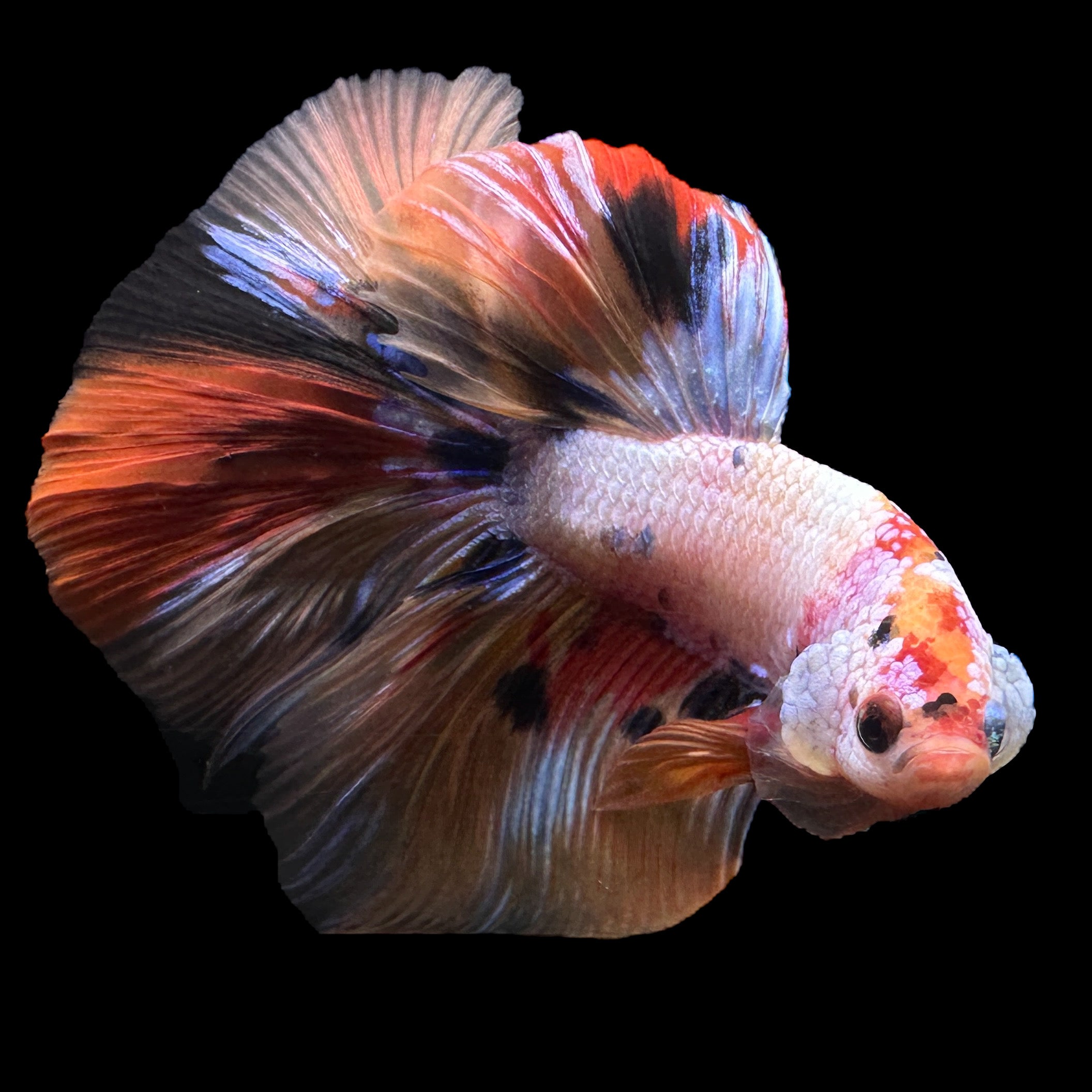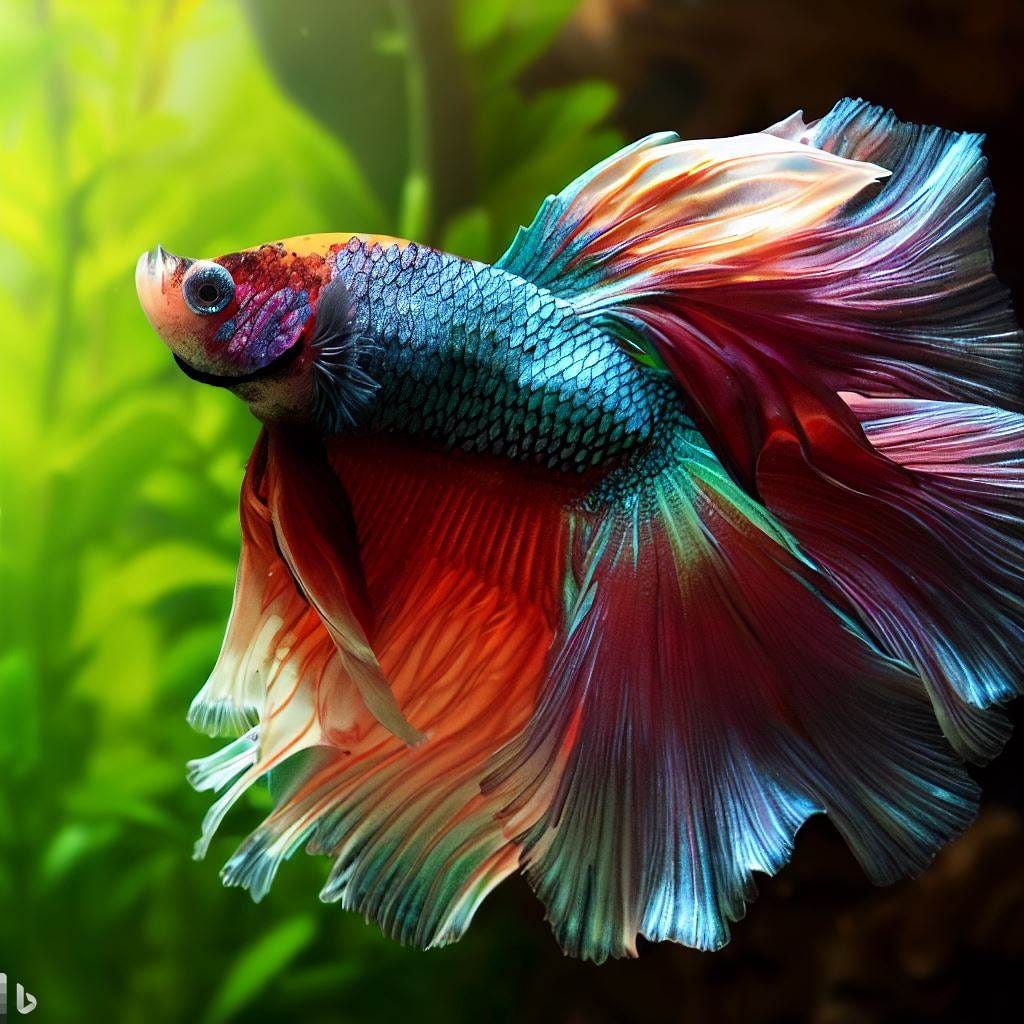Exactly how to Pick the Right Betta Fish for Your Fish tank
Exactly how to Pick the Right Betta Fish for Your Fish tank
Blog Article
Reproducing Betta Fish: a Comprehensive Step-By-Step Guide to Successfully Raising Baby Bettas From Eggs to The Adult Years
Breeding Betta fish is a thorough endeavor that requires careful preparation and implementation to ensure the effective growth of fry from eggs to develop fish. Choosing genetically diverse breeding pairs with desirable features is only the beginning; developing an optimum setting and recognizing the intricacies of the breeding procedure are similarly vital. As the male Betta carefully constructs a bubble nest and guards the precious eggs, the succeeding stages of care and change demand focus to information and expertise of ideal methods. Exactly how does one browse the tough yet gratifying path of nurturing these vibrant animals to adulthood?

Selecting Breeding Pairs
When starting the trip of reproducing Betta fish, selecting the ideal breeding sets is crucial to accomplishing preferable characteristics and a healthy lineage - betta fish. The initial step in this process is to identify the specific traits you desire to enhance or protect, such as shade, fin type, and body form. It is important to choose genetically varied sets to prevent inbreeding, which can bring about health issues and undesirable qualities
Evaluate possible reproducing candidates thoroughly. A healthy male Betta must display vibrant shades, an energetic demeanor, and well-formed fins, while the woman needs to also display vivid pigmentation and a rounded tummy, showing readiness for spawning. Observing the personality of both fish is essential, as aggressive or extremely reluctant people may not breed efficiently.
Keeping documents of the parent fish's origins can help you track hereditary traits and possible issues. Inevitably, investing time in the choice procedure will substantially improve the likelihood of generating solid, vibrant spawn that satisfy your reproduction objectives.

Preparing the Breeding Container
Producing an optimum breeding setting is a vital step after picking suitable pairs for Betta fish. The reproduction container must be particularly designed to provide convenience and boost the all-natural breeding behaviors of the fish. Begin with a container size of at the very least 10 gallons to make certain adequate room for both the man and female Bettas.
Preserve a gentle purification system to maintain the water clean while avoiding strong currents that can stress the fish. Additionally, an air stone can be included in give oxygenation without disrupting the water surface area excessive.
Temperature level guideline is essential; go for a secure variety of 78-82 ° F(25-28 ° C) using a trustworthy heater. The pH level must be kept in between 6.5 and 7.5, and normal water adjustments are needed to make sure high water high quality.
Incorporate drifting plants or generating mops to produce concealing places for the female, while also motivating bubble nest building by the man - betta fish. Make certain the storage tank is complimentary from sharp decorations and any kind of prospective hazards, as the welfare of the fish should always be prioritized during this important phase of reproduction.
The Breeding Refine
Usually, the reproducing procedure for Betta fish involves a series of distinct and evident actions that show readiness for recreation. The male Betta starts by building a bubble nest at the water's surface, which offers as a website for the fertilized eggs. This nest is essential, as weblink it gives a safe setting for the eggs up until they hatch out.
Once the nest is established, the male will display courtship actions, such as flaring his fins and exhibiting lively shades to draw in the woman. The female, upon noticing the male's readiness, will react by displaying upright red stripes along her body, signaling her receptiveness.
The fertilized eggs after that drop to the bubble nest, where the male meticulously gathers and returns them to the nest. Following this, the male assumes obligation for protecting the nest and making certain the safety and security of the eggs up until they hatch out, typically within 24-36 hours.
Caring for Betta Fry
Caring for Betta fry calls for careful attention to their setting and nourishment to ensure healthy and balanced growth and development. After hatching, Betta fry are very tiny and prone, requiring a stable and clean environment.
Feeding Betta fry is just as crucial. Initially, they ought to be provided infusoria or finely smashed top notch fry food, as their mouths are too small to handle larger bits. As they grow, you can slowly introduce larger foods, such as infant salt water shrimp or powdered flakes, to ensure they obtain adequate nourishment. Feed them percentages numerous times a day, bewaring not to overfeed, which can cause water high quality issues.
Transitioning to Grownup Bettas
As Betta fry mature, transitioning them to adult Bettas is a critical stage that calls for cautious administration of their environment and social communications. This procedure generally begins when the fry get to around 6 weeks old, whereupon they can be gradually introduced to a more structured living atmosphere.
To promote this shift, it is important to make sure that the water parameters-- such as temperature, pH, and ammonia degrees-- right here are optimal and steady. Grown-up Betta fish thrive in warm water (around 78-80 ° F) with a pH of 6.5 to 7.5. Gradually adjust the fry to these problems to decrease anxiety.
Social communications are another essential factor; man Bettas are notoriously territorial and hostile. Consequently, it is advisable to separate males into specific storage tanks as they grow. Women Bettas can be housed with each other, but treatment ought to be taken to keep track of for indications of aggression.
In addition, nutritional changes ought to be made as the fry expand. Include high-grade pellets and live foods to sustain their development and health. By taking care of these variables effectively, you can promote a successful transition to their adult years for your Betta fish.

Conclusion
Effective breeding of Betta fish calls for cautious attention to information throughout the entire process, from picking genetically diverse sets to giving ideal take care of fry. By ensuring ideal breeding conditions and maintaining water quality, the possibility of healthy spawn increases substantially. In addition, a balanced diet plan and progressive adjustment to grown-up environments are important for the growth and development of click here to find out more Betta fish. Adhering to these actions faithfully cultivates a thriving population of Betta fish, enhancing both their health and wellness and vitality.
Report this page